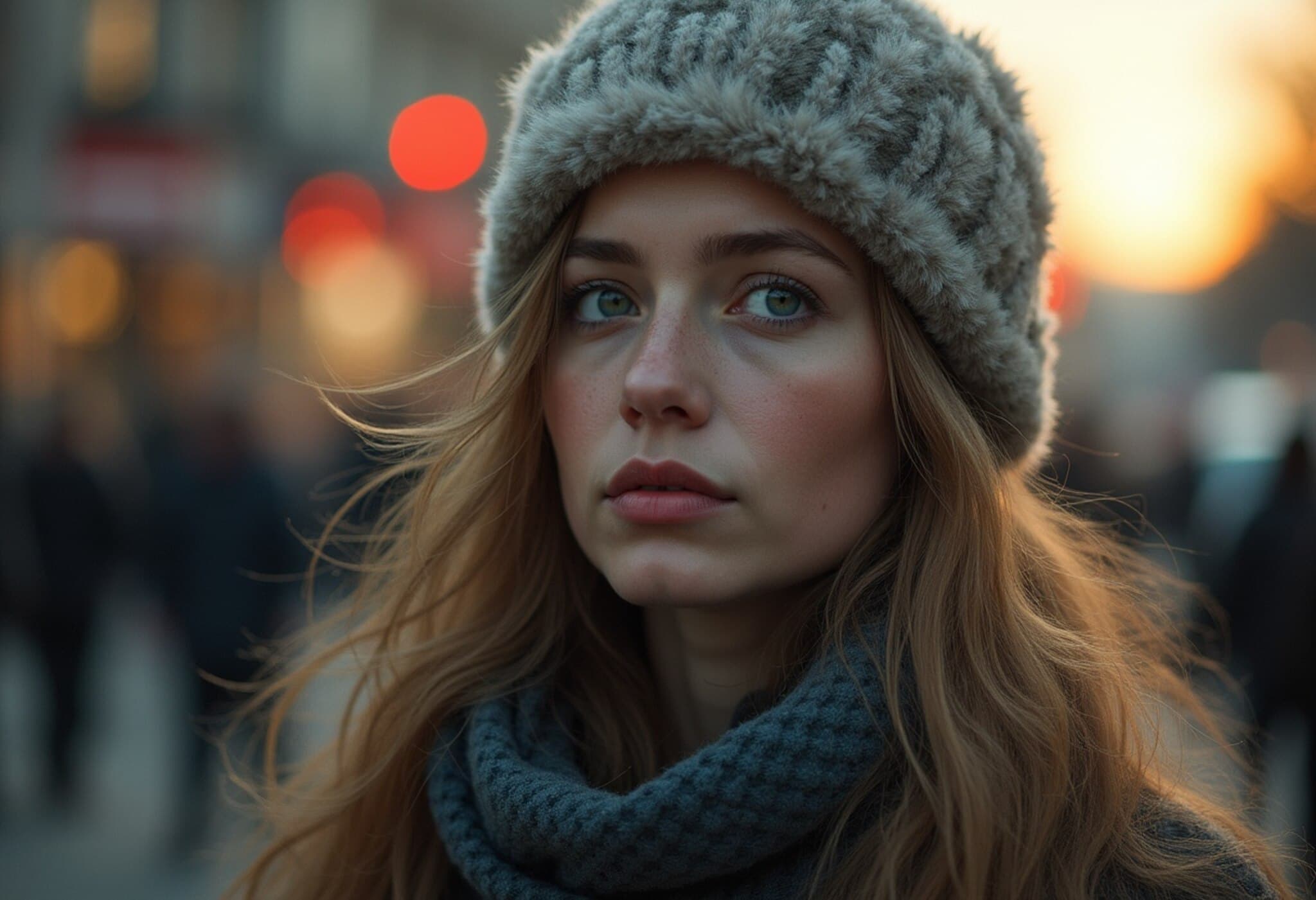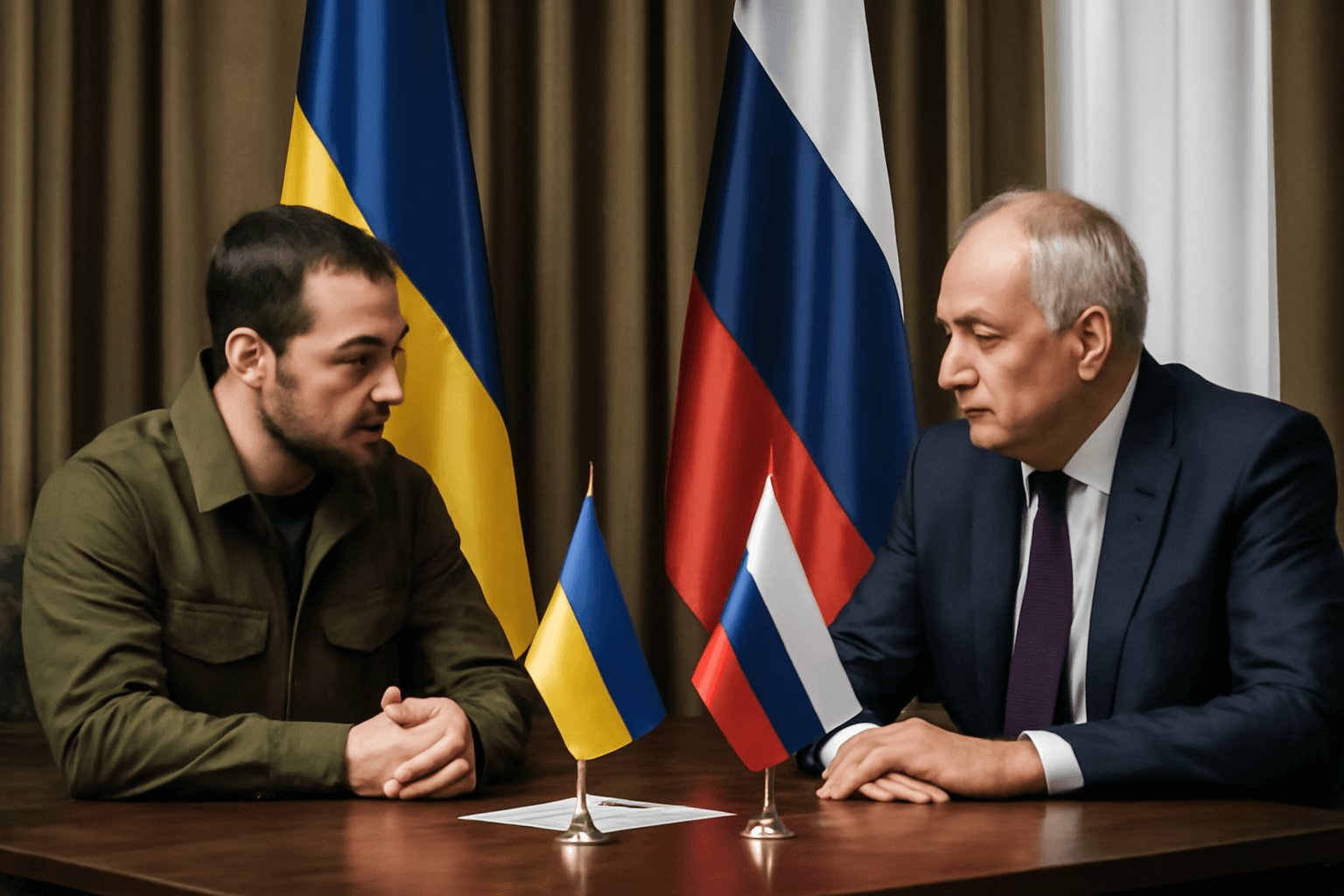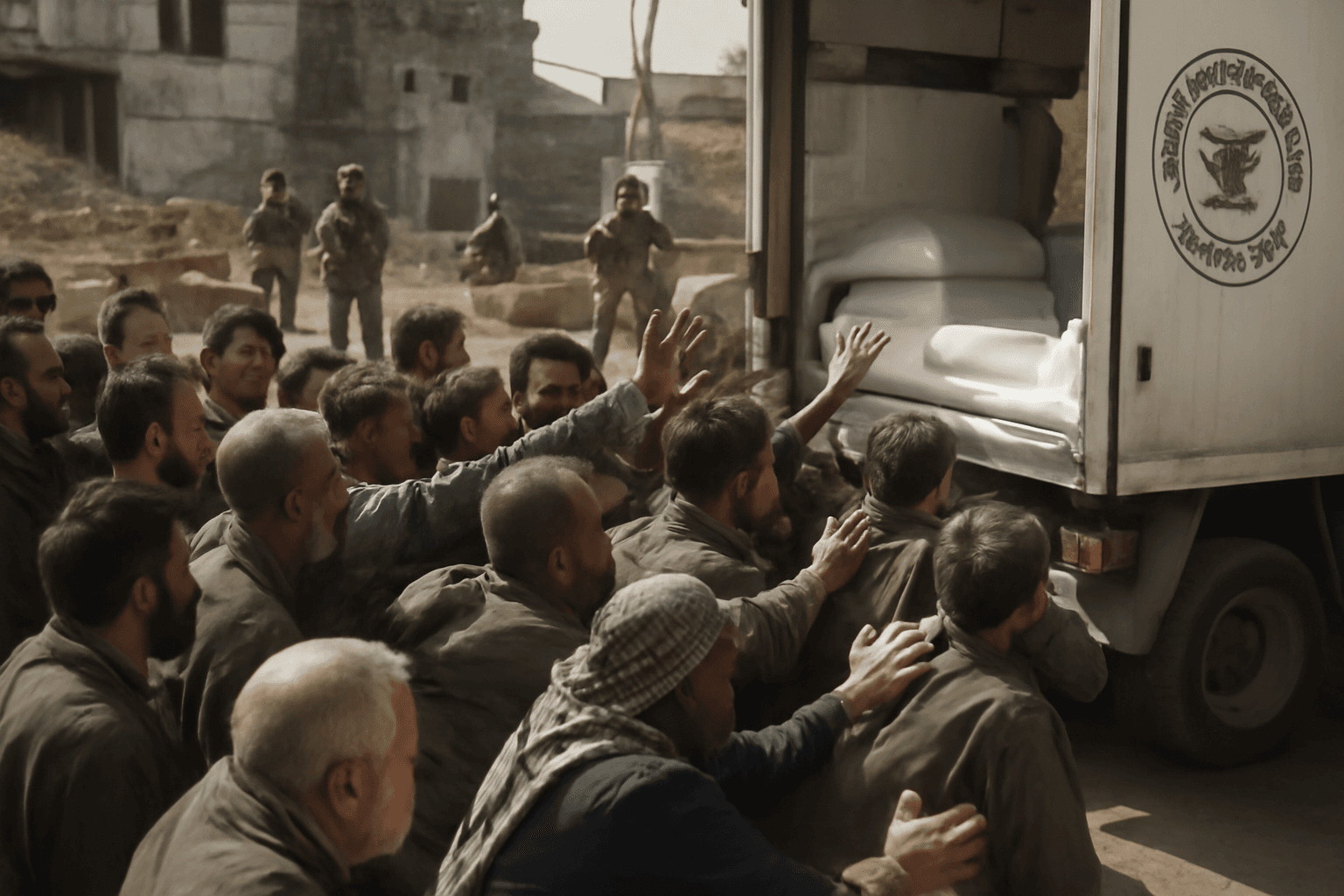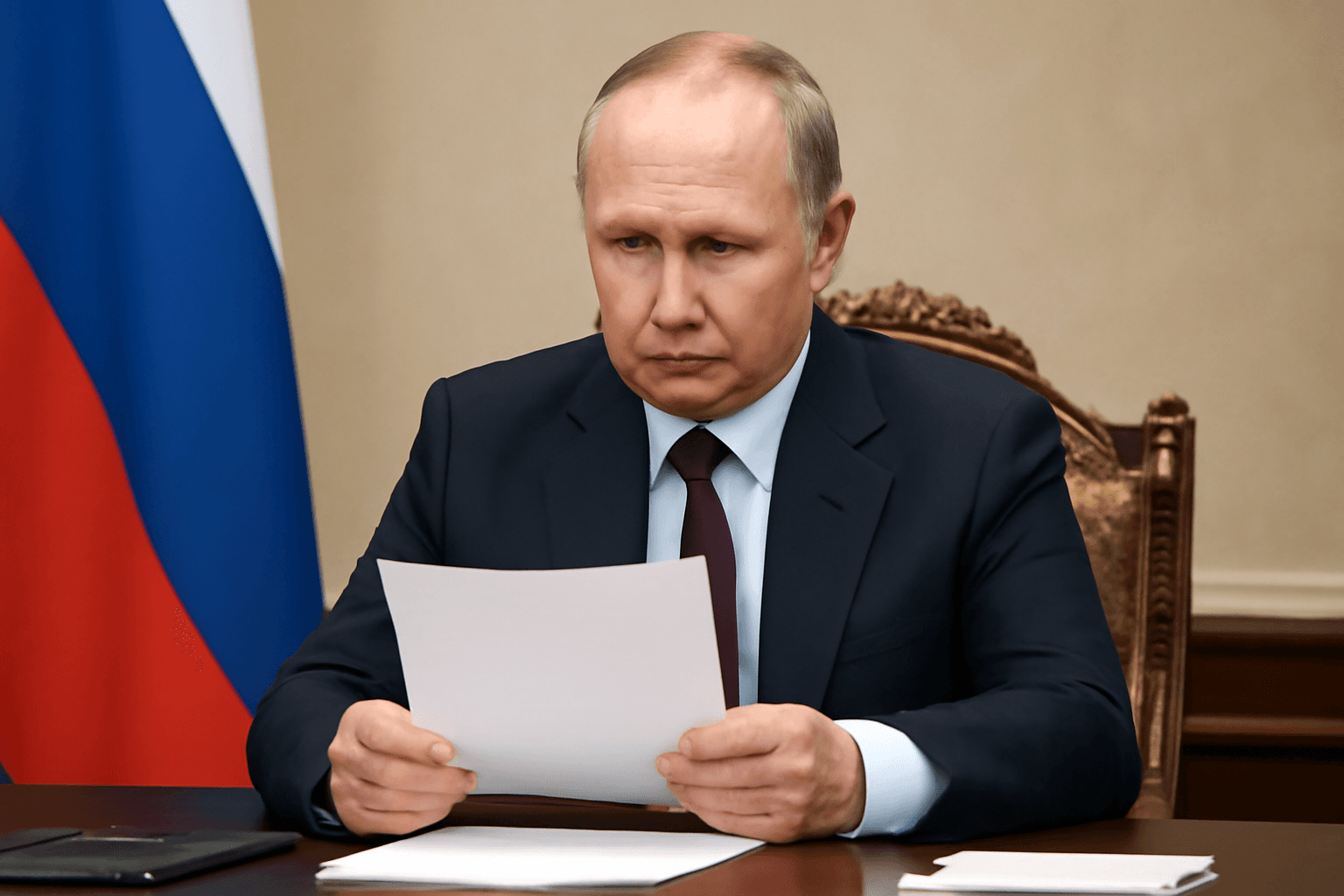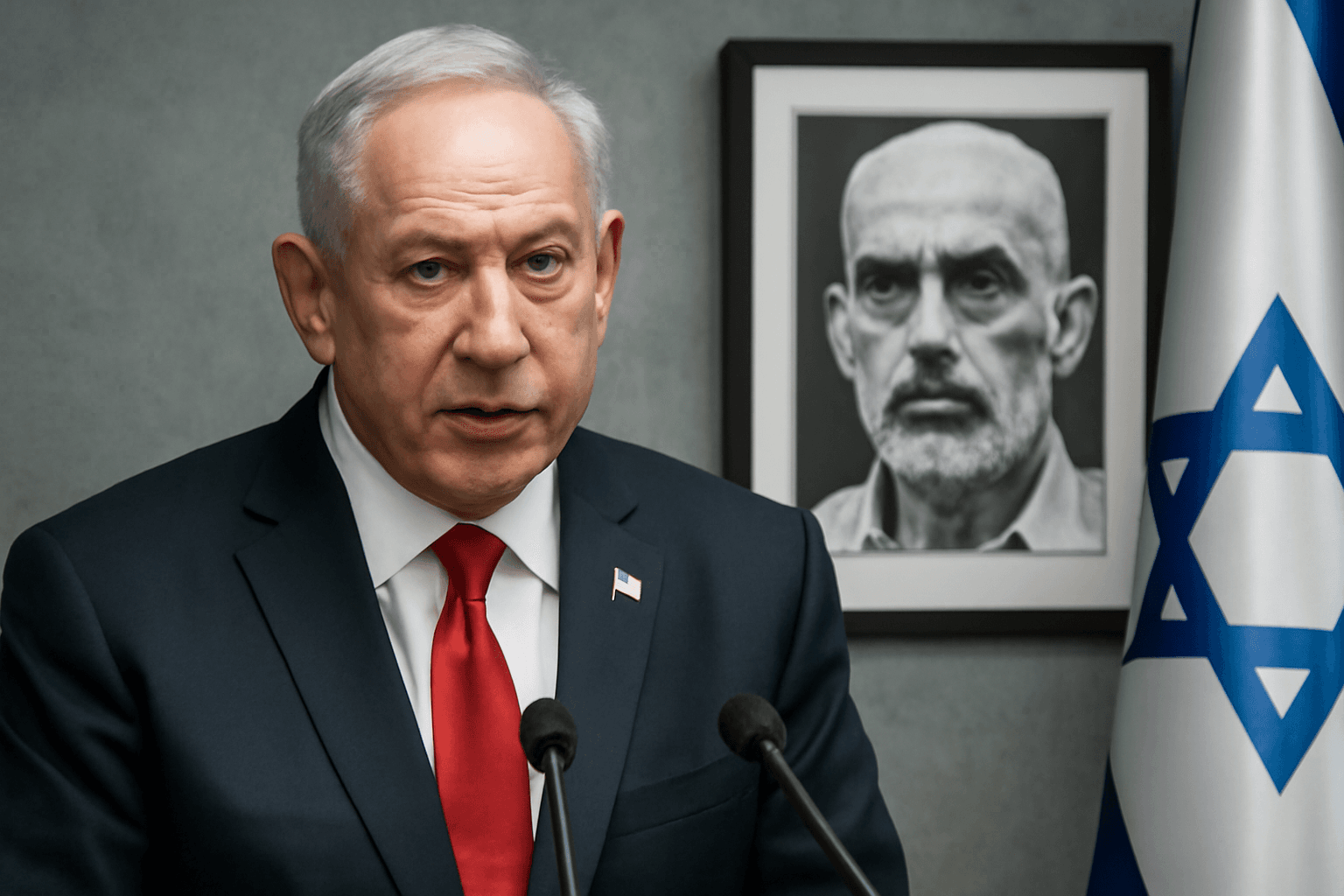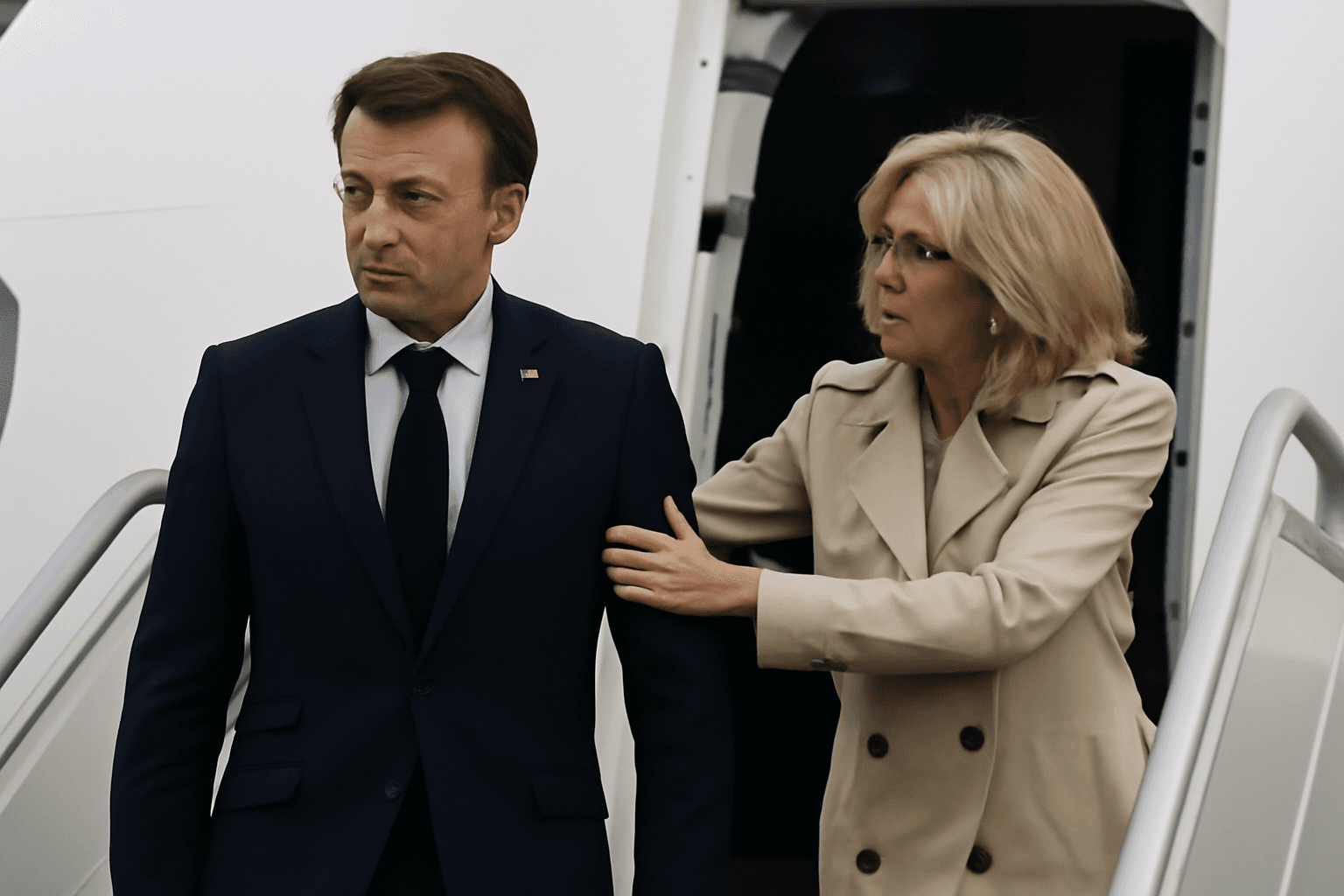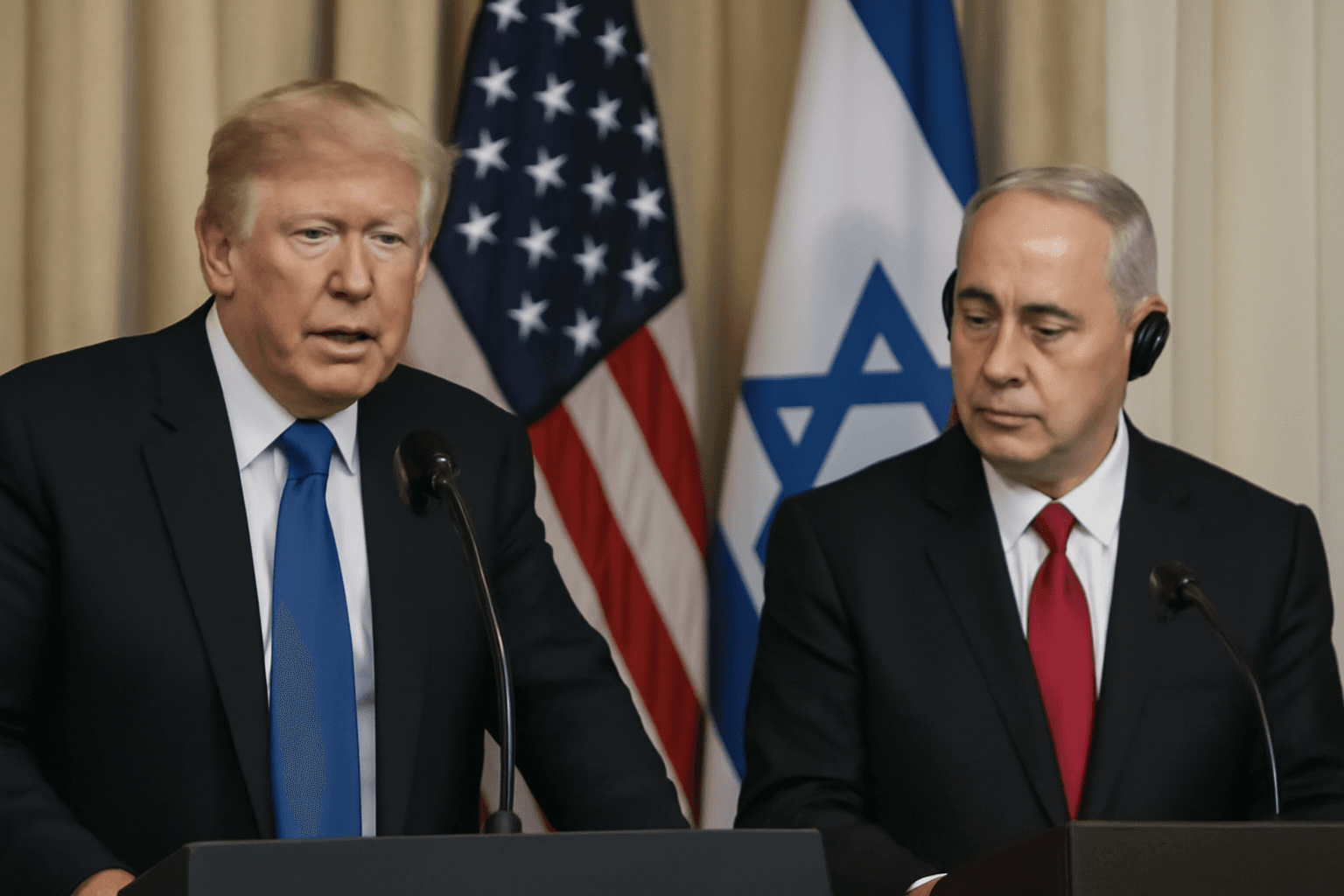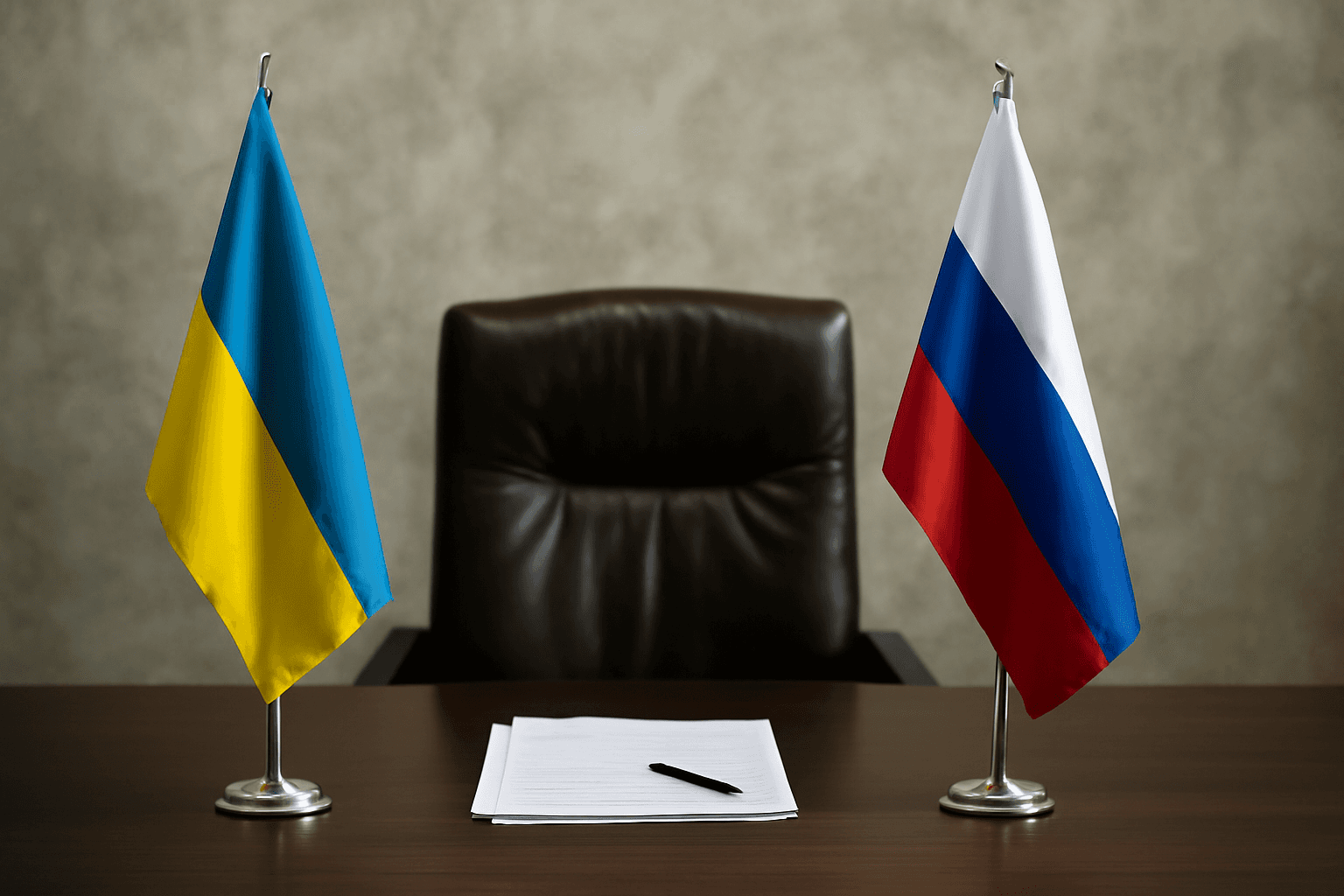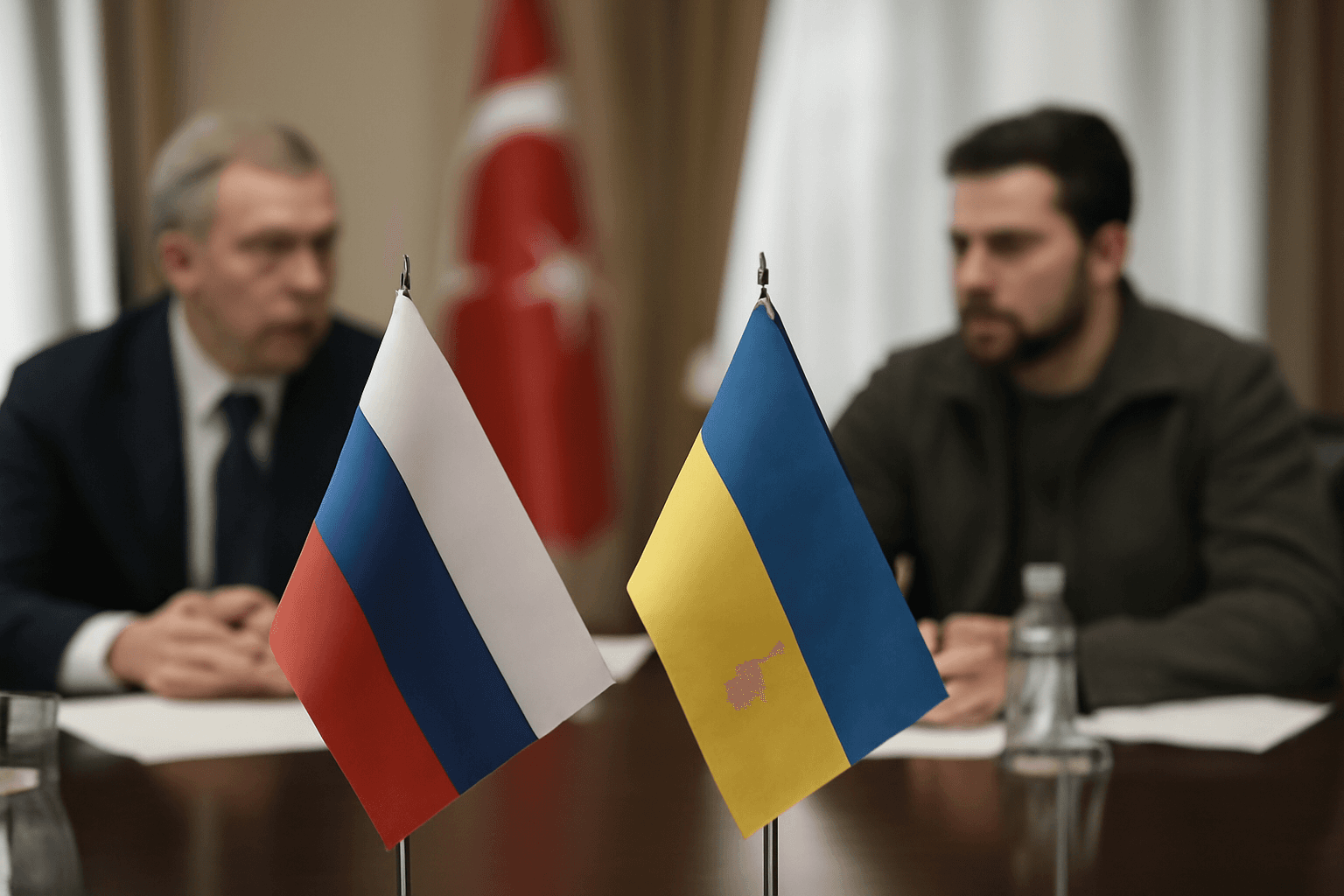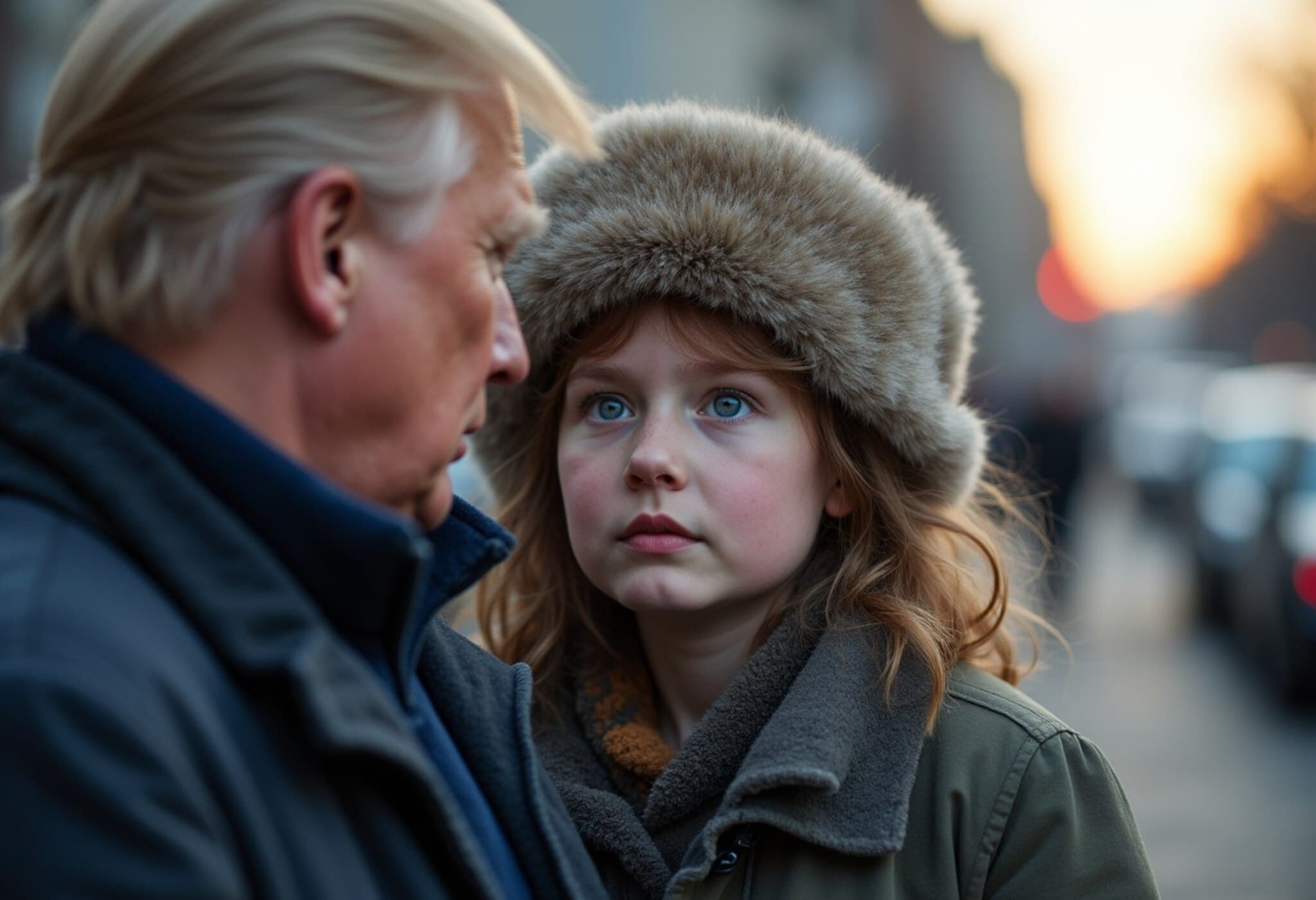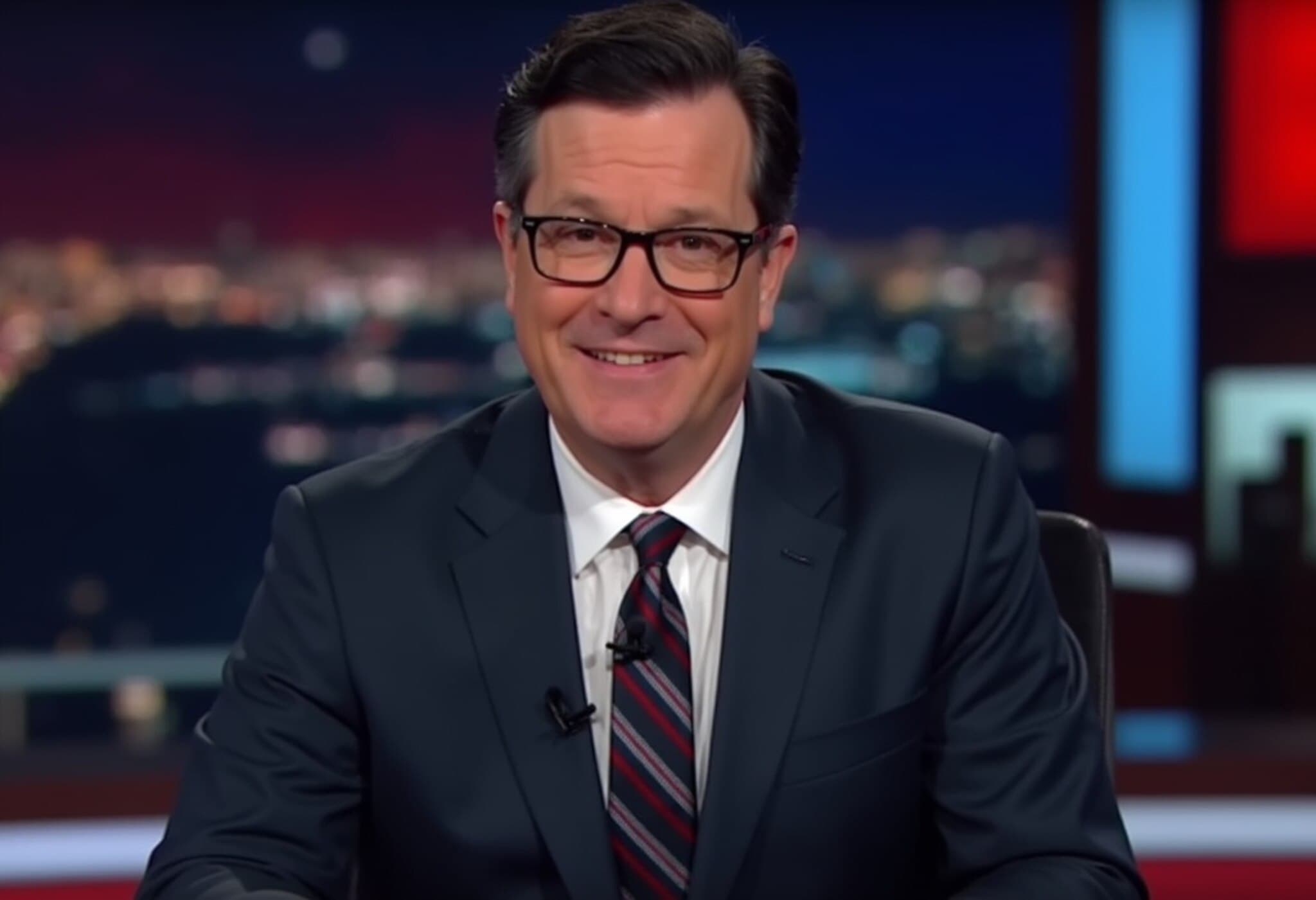How Art Empowers Resistance in Russian-Occupied Ukraine
Since Russia’s full-scale invasion of Ukraine in February 2022, the conflict has devastated cities, displaced millions, and left many regions under Russian control. Amid this tough reality, a remarkable story unfolds underground—in the form of an all-women Ukrainian resistance group called Zla Mavka. Wielding art as a weapon and hope as a shield, these brave activists continue to inspire resilience in occupied territories, painting a quiet yet powerful narrative of defiance.
What Is Zla Mavka?
Zla Mavka is a non-violent, women-led resistance movement born out of occupied Ukrainian cities in early 2023. The name draws deeply from Ukrainian folklore: the traditional "Mavka" is a mythical forest spirit protecting its domain from invaders. Adding "Zla," meaning "angry," the group embodies the fierce spirit of these protectors, standing firm against Russian forces they call "orcs," a nod to Tolkien’s brutish antagonists.
Origins and Inspiration
The movement arose organically when three Ukrainian women decided to no longer remain silent amid invasion and occupation. Without formal resistance training, they took inspiration from history’s fearless women—like India’s Sarojini Naidu—who fought colonial rule through non-violent means. This cross-cultural embrace of peaceful resistance bridges global struggles and shapes Zla Mavka’s vision: artful defiance.
Art as a Language of Resistance
Zla Mavka's hallmark is their beautiful, powerful street art scattered discreetly throughout Russian-occupied cities. These visuals frequently depict the mythical Mavka standing tall against armed Russian soldiers—symbols of courage to Ukrainians living under occupation’s shadow. Simple emblems like a circle above a triangle mark their presence, recognizable to locals and fellow activists alike.
- Posters with slogans such as “I don’t want flowers. I want my Ukraine” challenge occupiers and uplift civilians.
- Digital videos paying tribute to historical women’s resistance amplify their message online across borders.
- Innovative tactics—like arranging pumpkins and candles—offer low-profile, powerful symbols amid escalating surveillance.
As one anonymous Zla Mavka activist explains, art allows them to resist "without gathering openly," making it a vital thread in the fabric of underground opposition.
Operating in the Shadows: How Zla Mavka Stays Safe
Life under occupation means constant vigilance. Russian forces extensively use cameras, patrols, and intelligence services (including the FSB) to surveil and suppress dissent. Zla Mavka members never meet face-to-face, instead communicating via encrypted chats and online platforms to protect anonymity.
Safety Protocols Include:
- Training in digital hygiene—cleaning phones and secure messaging
- Guidelines to avoid detection by street cameras or informers
- Careful vetting of new members who join voluntarily but cautiously
This infrastructure allows women to share personal stories of life under occupation, submit graffiti art, or burn Russian flags—small acts fueling a larger fire of resistance.
The Human Impact: Resistance Sustains Hope
For many Ukrainians trapped behind enemy lines, Zla Mavka’s presence offers more than political resistance—it rekindles hope. The activist reports receiving messages from locals who feel less isolated upon seeing the group’s symbols and artwork.
“Seeing these signs reminds us that the Russians have not won,” she shares. “It gives people strength to endure and believe in a free Ukraine.” This grassroots morale boost carries immense weight amid daily hardships and state-sponsored propaganda seeking to portray occupation as normalized.
Global Solidarity
Recognizing the power of international support, Zla Mavka has launched solidarity campaigns inviting global participation. From India to America, supporters send images of their hands marked with the group’s logo, a gesture that uplifts activists and reinforces a worldwide bond against oppression.
Challenges on the Ground: Misinformation and Threats
Despite their commitment to non-violence, Zla Mavka faces damaging misinformation and harsh reprisals. Russian media and intelligence agencies often accuse them of violent acts, like alleged sabotage of Russian military trains—which the group firmly denies to protect its members.
Additionally, routine arrests for social media posts critical of Putin illustrate the cruel reality: freedom of expression has become a crime. In this environment, Zla Mavka meticulously documents Russian abuses—especially sexual violence—hoping to preserve evidence even as they guard their own safety.
Looking Ahead: An Indomitable Spirit
While diplomatic talks and peace proposals continue, the prospect of Russian withdrawal remains uncertain. Yet, Zla Mavka’s activist is unequivocal: resistance will continue until Ukrainian sovereignty is fully restored. For them, and for many Ukrainians caught in the occupation’s grip, there is no middle ground.
They call on the international community—leaders and citizens alike—to intensify support, warning that unchecked aggression threatens not just Ukraine but global stability.
Editor’s Note
Zla Mavka’s story reveals how the human spirit employs creativity and courage against oppression. In an era when information warfare and authoritarian surveillance threaten democratic values, their example highlights the crucial role of grassroots resistance in safeguarding freedom. Their art is more than symbols on walls—it is a palpable expression of hope for a reunified Ukraine and a world standing against injustice.
Key questions remain: How can the international community bolster such movements without endangering activists? Will non-violent resistance in occupied territories alter the trajectory of this complex conflict? And what lessons can global democracies learn about resilience in fragile zones of war?

